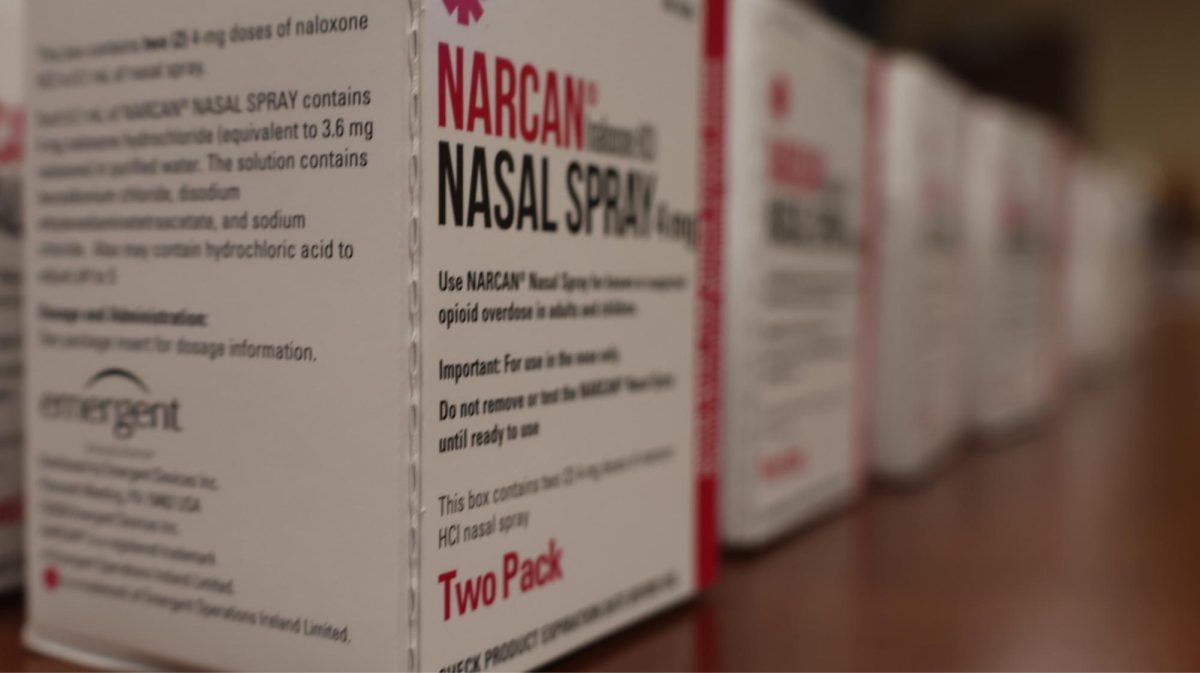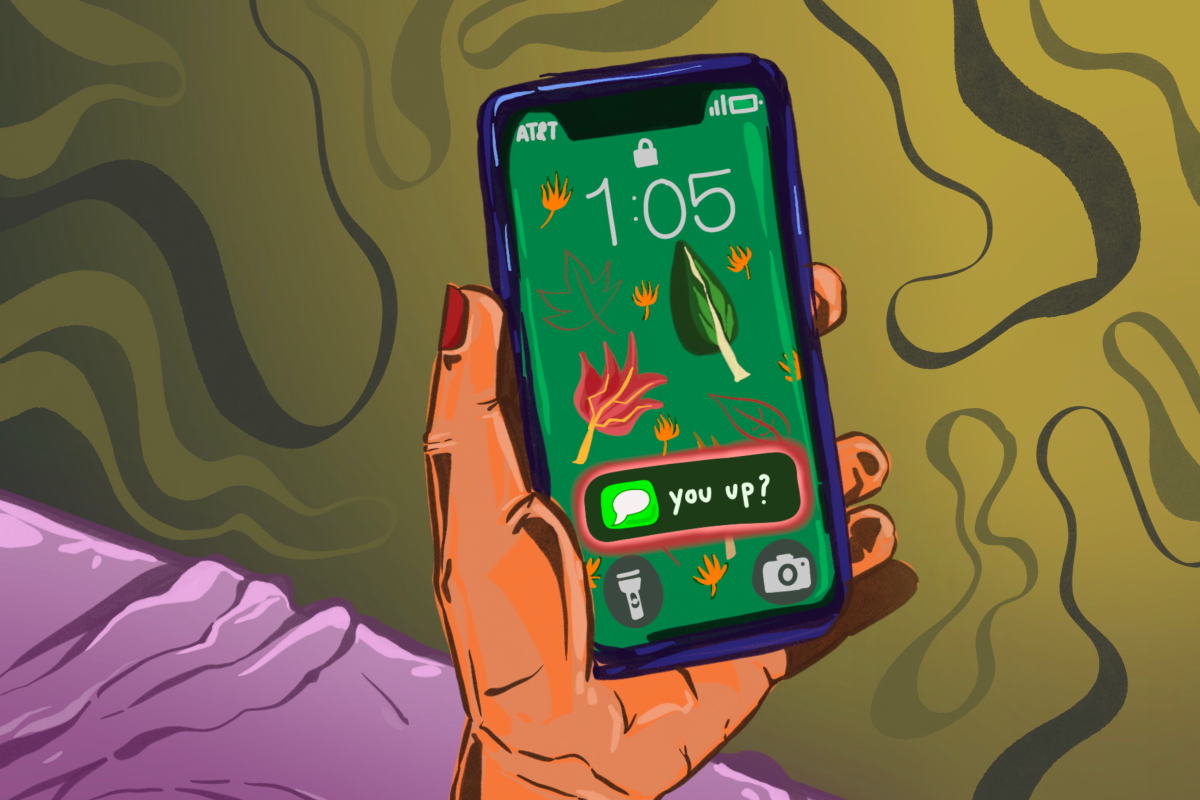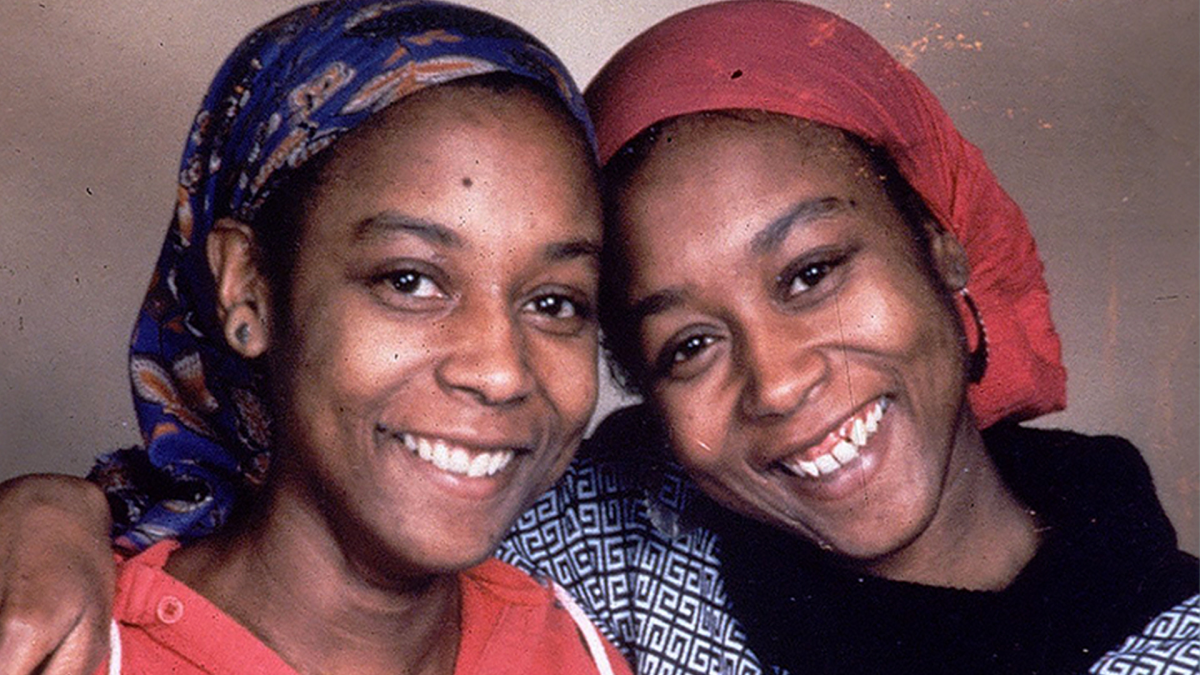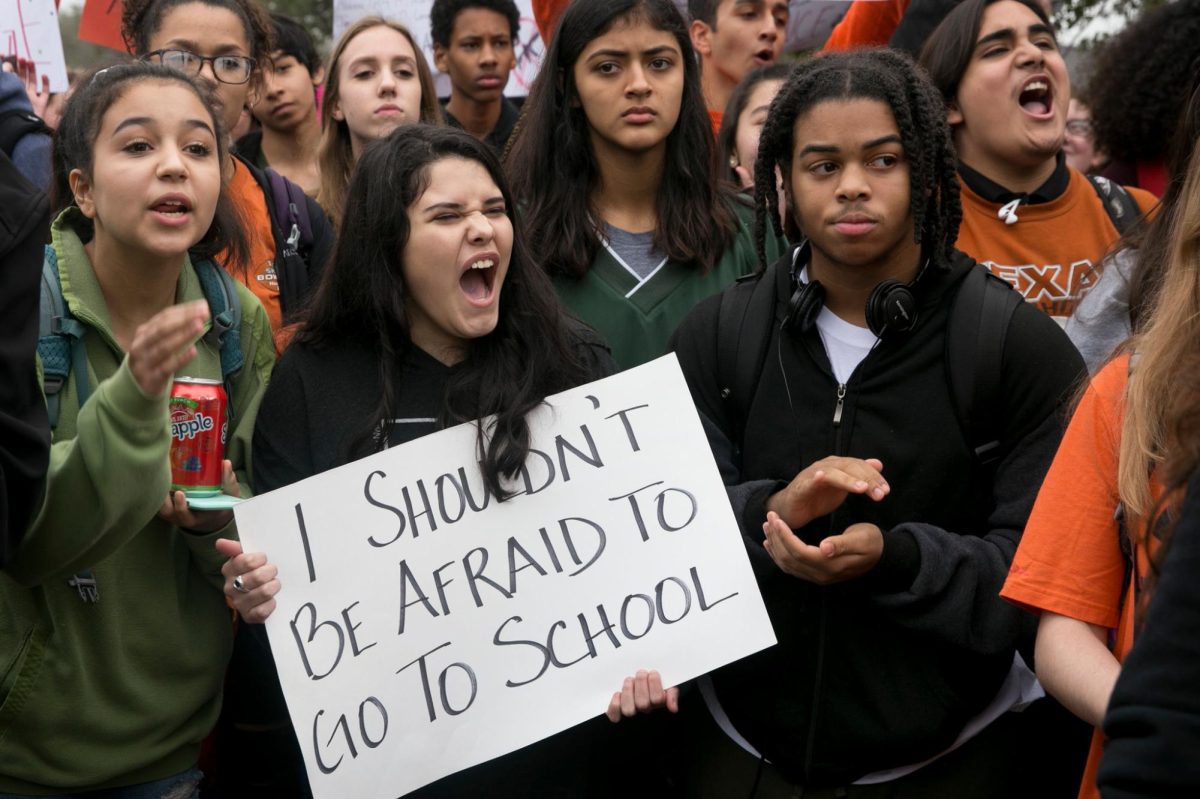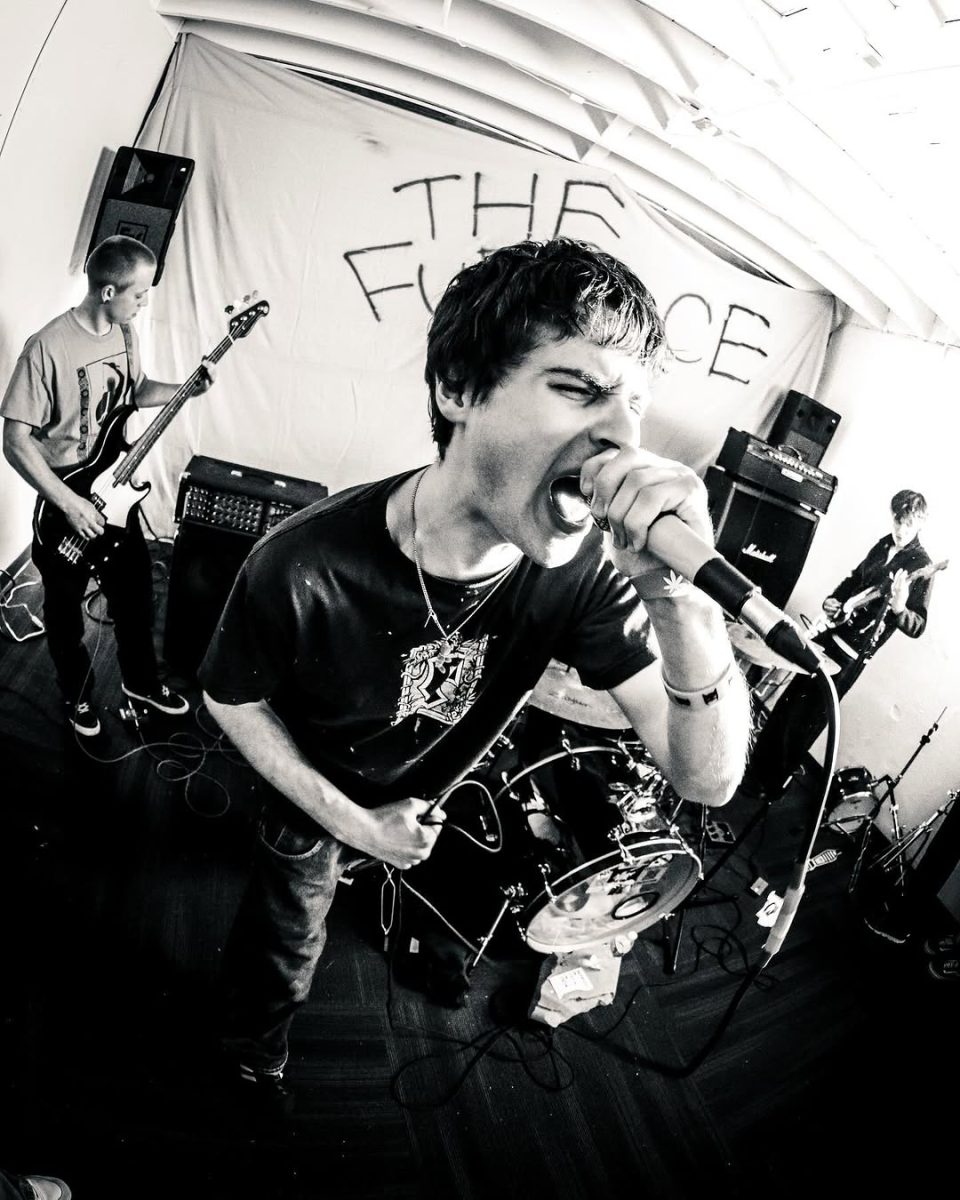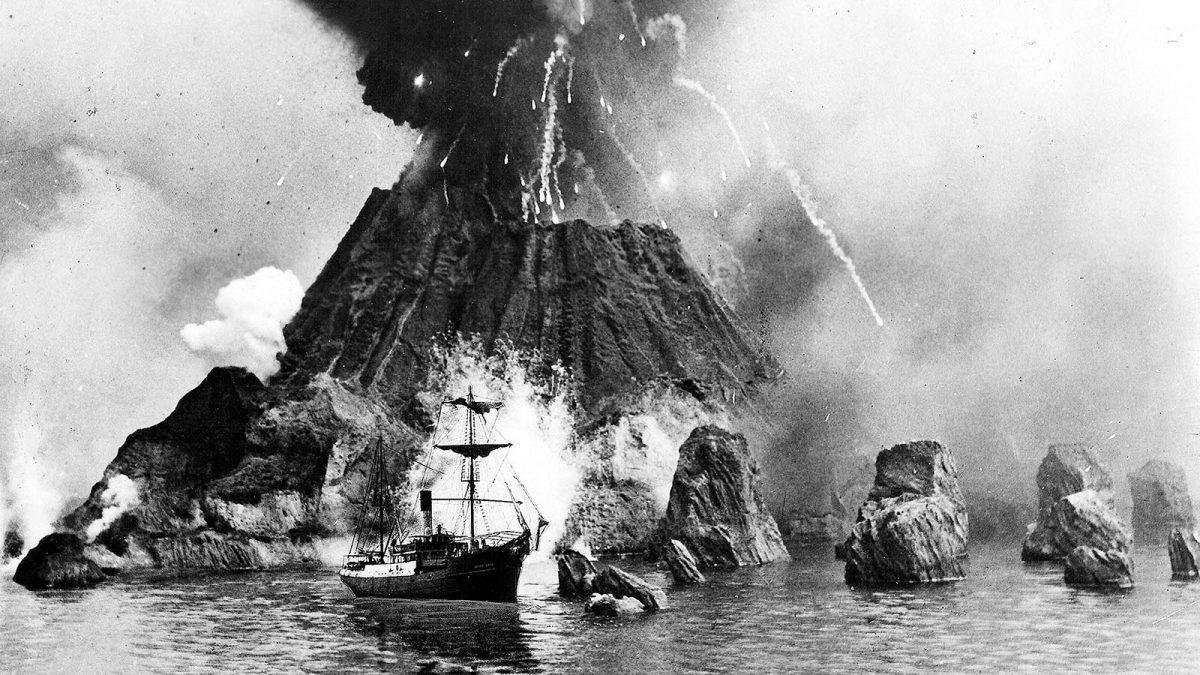Krakatoa, Indonesian Krakatau, is located on Rakata Island between Java and Sumatra. Its eruption in 1883 was one of the largest natural disasters in the world. The eruption was the loudest recording ever recorded and it was heard twice around the world.
Damage Caused
Krakatoa is a small volcanic island located in Indonesia, In August 1883, the eruption of the main island of Krakatoa (or Krakatau) killed more than 36,000 people, making it one of the most devastating volcanic eruptions in human history. Around 1 p.m. on August 26, a volcanic blast sent a cloud of gas and debris some 15 miles into the air. It is the first in a series of powerful explosions over the next 21 hours, culminating in a gigantic blast around 10 am on August 27 that propelled ash 50 miles into the air and could be heard as far away as 2,800 miles. The island is about 9 square miles, including both Perboewatan and Danan, plunged underwater into the caldera to a depth of 820 feet below sea level.
Krakatoa’s violent eruption killed more than 36,000 people. They died to lava, volcanic ash, and flying rocks and tens of thousands more people drowned in a bunch of tsunamis caused by the volcano’s collapse into the caldera, with a 120-foot-high wall of water that formed just after the blast which destroyed 165 coastal villages.
What caused the eruption?
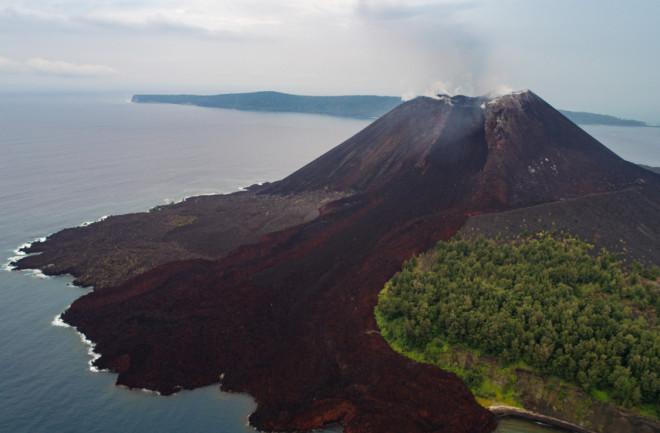
Krakatoa’s can be traced to the movement of the tectonic plates that make up the Earth’s crust, which is constantly moving against each other over the thick liquid layer, or mantle, beneath. The 1883 Krakatoa eruption measured a 6 on the Volcanic Explosivity Index or known as VEI, the eruption had a force of 200 megatons of TNT. To compare the eruption, the bomb that destroyed the city of Hiroshima in World War ll had a force of 20 kilotons and the bomb was 10,000 times weaker than the volcano. Krakatoa’s eruption sent six miles of rock, ash, dust, and debris into the atmosphere, darkening the skies and causing vividly colored sunsets and other spectacular effects around the world. Dense clouds immediately lowered temperatures the dust spread. Other climatic changes occurred thousands of miles from Indonesia. The amount of rainfall in Los Angeles in the months after the Krakatoa eruption remains the city’s highest annual rainfall at the time. Its 1883 eruption became the first global catastrophe, which instantly broadcast news of the eruption all over the world. Inside the area, there were notes written by survivors of the volcano about the events that were witnessed. After many smaller eruptions, the volcano has been inactive since the eruptions in 2012.
Sources
https://www.theatlantic.com/magazine/archive/1884/09/the-volcanic-eruption-of-krakatoa/376174/
https://www.ncei.noaa.gov/news/day-historic-krakatau-eruption-1883




